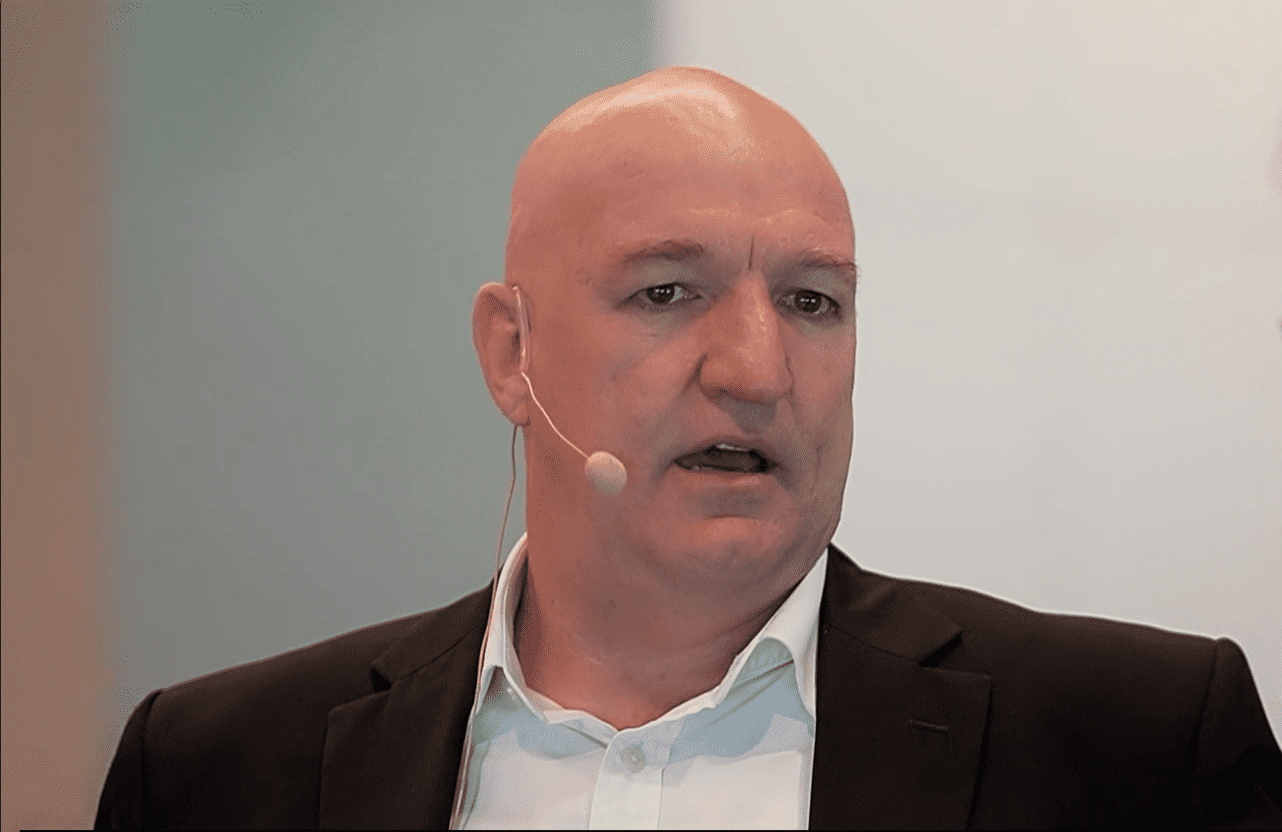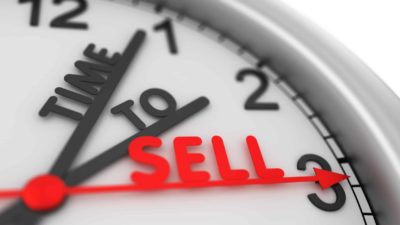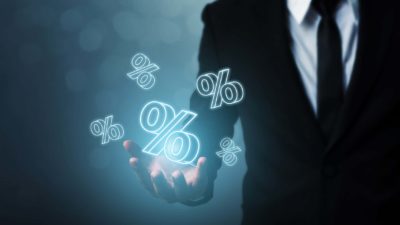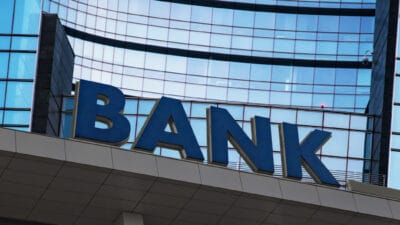Passive income is one of the most rewarding parts of investing in ASX shares, in my view. How great does it sound for cash payments to hit the bank account each year without having to do any work for them?
With a big enough portfolio, investors could receive $10,000 of annual passive income. That much cash flow could significantly improve a person's finances.
But, there's more to building an ASX dividend share portfolio than buying a bunch of random shares. Diversification is a very useful thing because it means investors aren't reliant on just one business or one industry for their dividends.
If I were considering buying ASX dividend shares for passive income, I would ask three questions.
How big is the dividend yield?
If a company pays a dividend, it will have a dividend yield. That tells us the size of the dividend compared to the share price. For example, if a company had a $100 share price and paid an annual dividend per share of $5, the dividend yield is 5%.
The dividend yield can be affected by two main factors – the dividend payout ratio and the valuation.
The more of a company's profit it pays as a dividend, the higher the dividend yield will be. However, it also means less money kept within the business to reinvest for growth, which may mean less profit and slower share price growth than it might have achieved.
An ASX share's valuation has a significant impact on the dividend yield. If the company I mentioned above had a share price of $120 rather than $100, but the dividend per share was still $5, the dividend yield would be 4.2%.
For a portfolio to make $10,000 of annual passive income, it would depend on the dividend yield. If your ASX dividend share portfolio had a 5% dividend yield, you'd need a $200,000 portfolio. A 6% dividend yield would require $166,667 invested.
But there's more to think about than just the dividend yield.
How safe is it?
Dividends are not guaranteed. They are paid from the profit generated by companies.
Some companies — such as Westpac Banking Corp (ASX: WBC) and BHP Group Ltd (ASX: BHP) — have reduced their dividends in recent years. It happens.
If I'm relying on dividends to pay for my life expenses, I want a high degree of confidence that the dividends are likely to keep flowing. Some industries are cyclical or vulnerable to recessions.
An 8% dividend yield may seem attractive this year, but it's not so good if the payout is lower in a year or two.
For example, the business Brickworks Limited (ASX: BKW) hasn't cut its dividend for almost 50 years, whereas over the past decade, BHP has cut its dividend every few years because commodity prices regularly change, affecting profit.
Will the payouts grow?
If a business regularly grows its payouts, it can be a useful protection against inflation and help grow our wealth.
Dividend payments aren't guaranteed and neither is growth, but some businesses have an impressive record of growing their payouts. Those are the kind of investments I like to own.
For example, Washington H. Soul Pattinson and Co. Ltd (ASX: SOL) has grown its annual ordinary dividend per share each year since 2000.
If a company has a track record of growing its payment during difficult economic periods and it operates in an industry that's at least relatively stable, it can provide stable dividends.
If someone received $10,000 of annual passive income and their payments grew an average of 5% each year, it'd become $10,500 after one year, $11,025 after year two and so on.
I think the best ASX dividend shares are ones that can offer a solid starting dividend yield and regularly grow their payouts. This sort of company is probably one growing its underlying value (and share price) for investors as well.
If an investment appeals after answering these questions, then I'd suggest it could be a very useful addition to an ASX dividend share portfolio.









